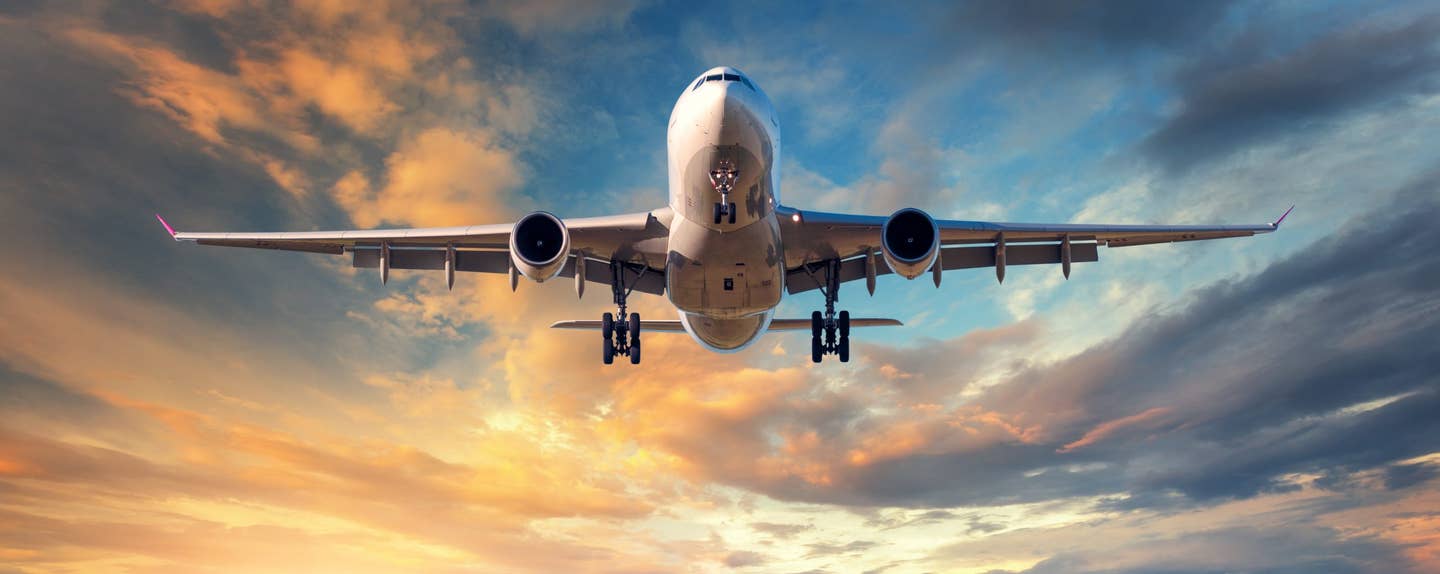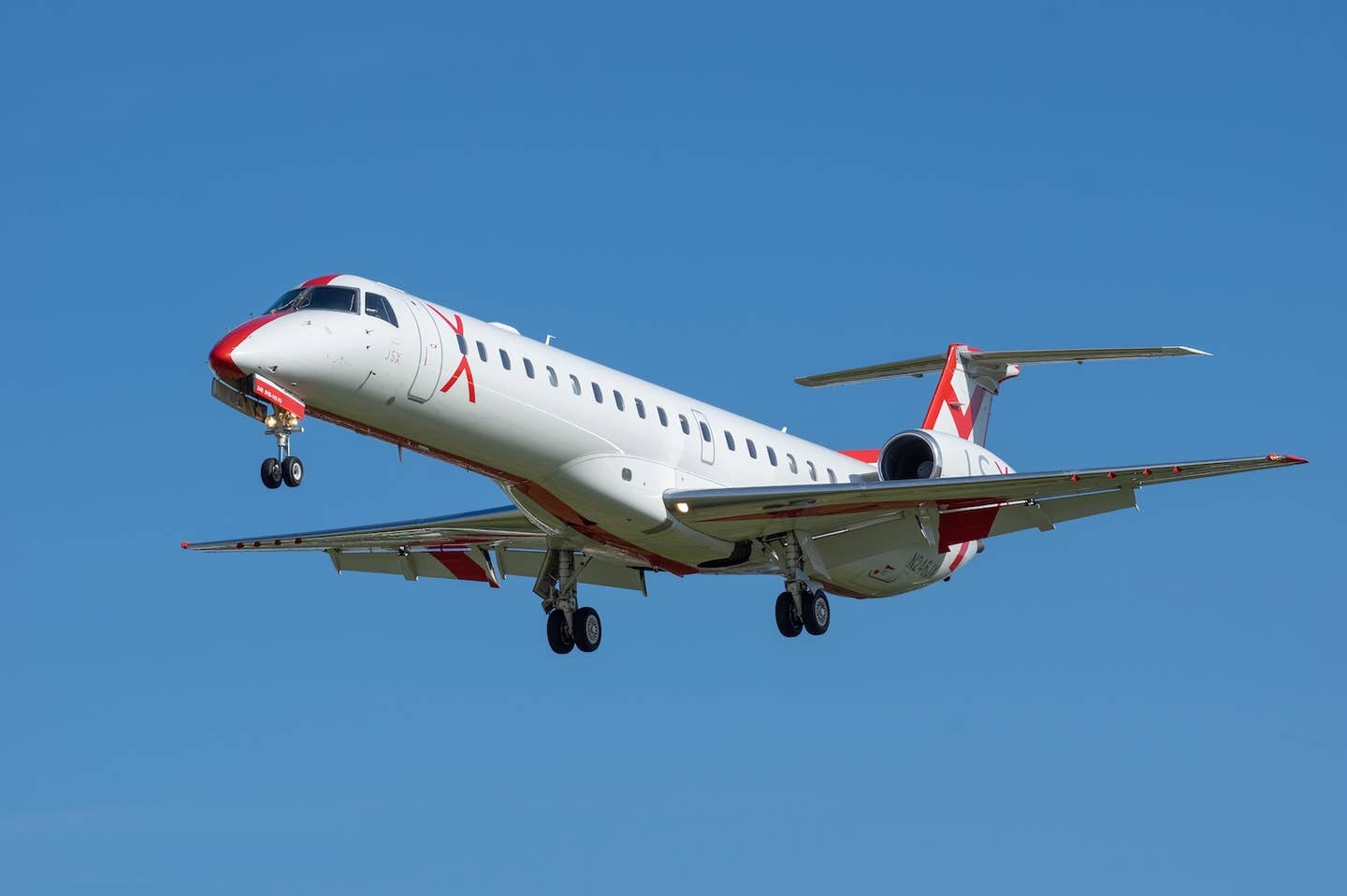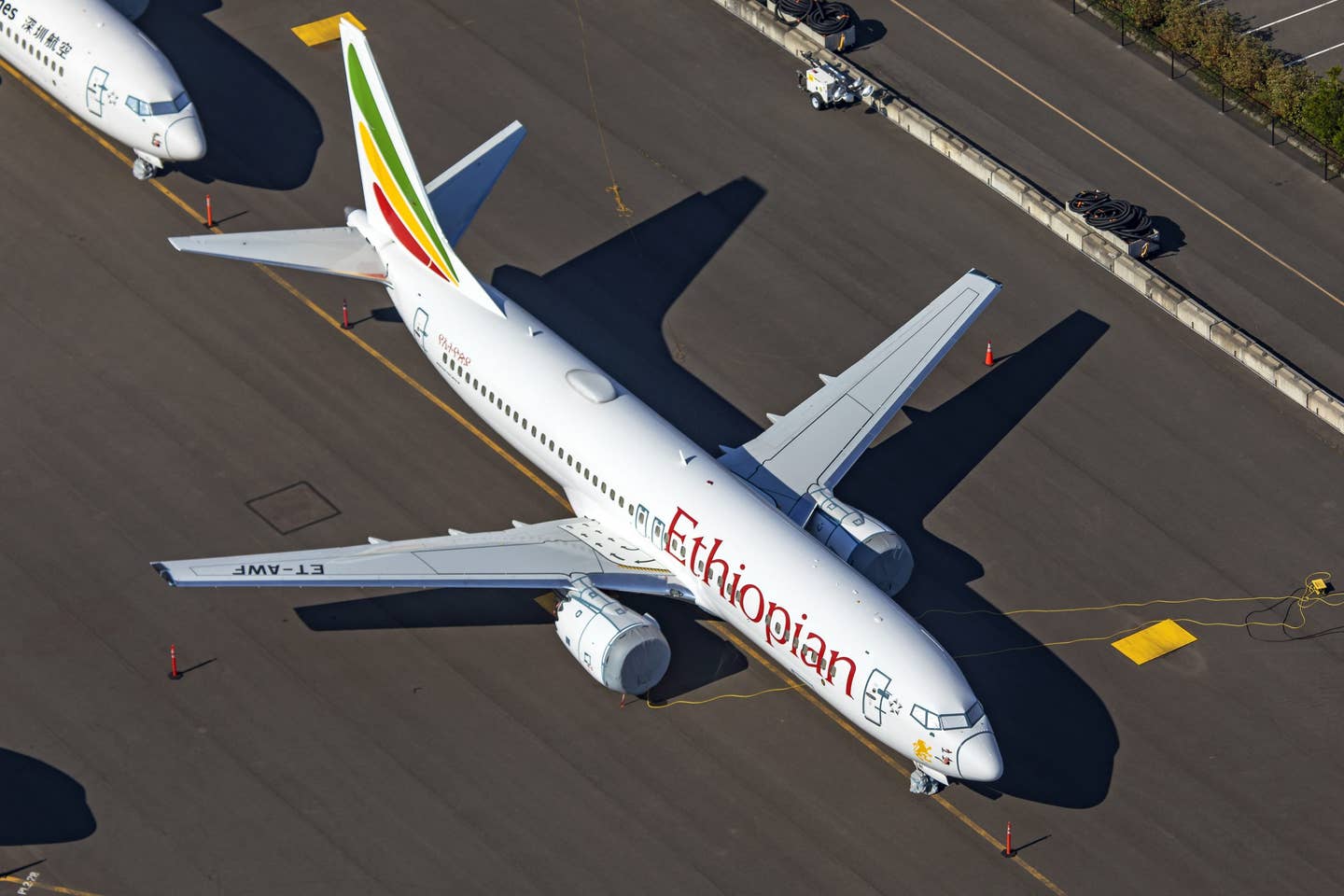
The World Economic Forum report says that aviation activity is expected to exceed pre-pandemic levels soon. Adobe Stock
Financial challenges are threatening to block aviation and other industries from accessing enough cleaner burning fuels to reach critical international environmental goals, according to the World Economic Forum.
A report released Thursday by the influential non-governmental organization said investments in decarbonization technologies, including battery-electric fuel, hydrogen fuel, and sustainable aviation fuel (SAF), must increase at least by a factor of 10 to hit international zero-emission targets by 2050.
“There is a huge gap in financing of early-stage decarbonization technologies, which will be absolutely critical to achieving our targets,” said Ted Moynihan, managing partner and global head of industries at Oliver Wyman, which prepared the study. “With more research breakthroughs coming, we are now in a vital moment to accelerate the mobilization of capital towards decarbonization technologies in hard-to-abate industries.”
The Switzerland-based World Economic Forum report comes after input from 50 financial institutions and the public sector was collected.
Aviation industry members of the World Economic Forum include Airbus and Gulfstream.
Aviation activity is expected to exceed pre-pandemic levels soon, the report said, which makes this a key time to figure out how to best connect the financial dots for making and delivering cleaner burning fuels.
The study analyzed key technologies in the aviation, steel, and shipping sectors and considered possible solutions to make additional private capital available.
“The challenge ahead is significant, but not insurmountable,” said Derek Baraldi, head of sustainable finance and investing, at the World Economic Forum. “If executed thoughtfully, the mobilization of finance to breakthrough technologies presents a tremendous investment opportunity.”
The WEF hopes to get a handle on these challenges by proposing specific financing approaches and strategies aimed at easing financial risk in key areas, including a quick infusion of capital that will help accelerate development of breakthrough technologies.
Focusing on SAF
The report suggests that the industry focus on SAF, describing it as “the most promising near-term decarbonization solution, given their potential to reduce between 70 percent and 99 percent of greenhouse gas emissions compared to conventional jet fuel on a life-cycle basis.”
Medium and long-haul air transportation sectors were singled out as places where SAF could be widely used and “immediately available” as an “emissions abatement solution.”
SAF is key now because it’s a drop-in solution that can be manufactured from existing raw materials and can be blended with conventional fossil fuels.
Other clean burning aviation fuels, such as battery-electric and hydrogen powered flight offer “limited technological readiness levels,” at this time, the report said.
The main challenge with SAF now is price. SAF sells for about two to six times more than traditional jet fuel, according to the report. Building out additional SAF production facilities and cutting costs will be “critical in accelerating the aviation’s transition to net zero.”
The World Economic Forum has been engaging with banks and other financial institutions to try and spur research and production of SAF, electric, and hydrogen fuels for the aviation industry. These new fuel systems, the report said, offer significant investment opportunities.
This year has seen significant activity for the development of SAF.
In September, Shell announced plans to create one of Europe’s largest SAF production facilities.
Delta Air Lines, British Airways and other major carriers have made commitments to use SAF. In the general aviation community, SAF is being offered at many GA airports.

Sign-up for newsletters & special offers!
Get the latest FLYING stories & special offers delivered directly to your inbox



![United Airlines secures FAA approval for Starlink, with first commercial flights set for May. Starlink offers 50x faster internet, free for MileagePlus members. [Courtesy of United Airlines]](https://www.flyingmag.com/uploads/2025/03/UnitedAirlines_Starlink_Image.jpg?auto=webp&auto=webp&optimize=high&quality=70&width=1440)


